5 Best Practices for Tracking In-App Event Data
In the world of mobile applications, tracking in-app event data is crucial for understanding user behavior, optimizing app performance, and driving meaningful engagement. By carefully monitoring how users interact with different features and content, businesses can refine their strategies and enhance overall app success.
In this article, we will explore 5 best practices for tracking in-app event data, shedding light on how to implement effective event tracking and analyze the results. By following these strategies, you can gain deeper insights into user behavior, improve app performance, and make data-driven decisions to achieve your business goals.
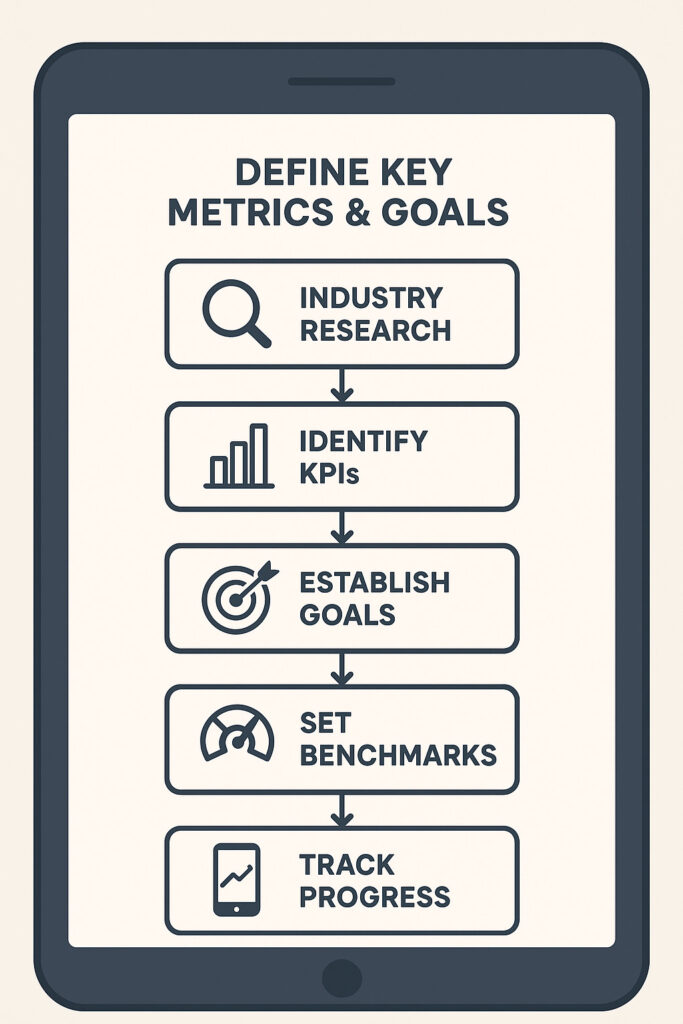
Here is a unique image depicting a step-by-step workflow for defining key metrics and goals in mobile app development. The illustration features a flowchart with relevant steps and icons, presented on a digital tablet.
1. Define Key Metrics and Goals: Start with a Clear Objective
When it comes to tracking in-app event data, the first and most important step is to define your key metrics and goals. This allows you to focus on the specific data points that matter most for your app’s success. Whether you aim to boost user retention, increase conversions, or enhance the overall user experience, having a clear objective will guide your event-tracking efforts.
Determine Which Events to Track
It’s essential to identify the specific events within your app that align with your business objectives. These could include actions such as user sign-ups, in-app purchases, feature interactions, or content views. Each of these events provides valuable insights into how users engage with your app, allowing you to make informed decisions.
Set Key Performance Indicators (KPIs)
To track progress effectively, you must establish key performance indicators (KPIs) based on the events you track. KPIs help quantify the success of your goals and provide a benchmark for performance. For instance, if you want to increase user retention, you may track events related to returning users, session duration, and feature usage frequency.
Tip: Always keep your KPIs focused and actionable, ensuring they provide a clear picture of your app’s performance.
2. Use a Consistent Naming Convention: Standardize Your Event Labels
One of the most overlooked aspects of tracking in-app event data is consistent naming conventions. A well-organized event labeling system is crucial for ensuring data is easily understandable and accessible across teams. Event tracking can quickly become confusing without a standard approach, leading to data discrepancies and inefficiencies.
Develop a Structured Naming System
Create a naming convention that identifies the events being tracked. For example, you can use a consistent structure such as “user_action_event” or “feature_interaction_event“ to describe specific actions within your app. This approach makes it easier to organize, categorize, and interpret your data.
Avoid Overly Complex Labels
While it’s important to be descriptive, avoid making your event labels too complex or verbose. Stick to a naming system that is easy to read, interpret, and remember. Simplicity in naming will benefit everyone involved in the data analysis process.
Tip: Document your naming convention so that all stakeholders, from developers to analysts, are on the same page.
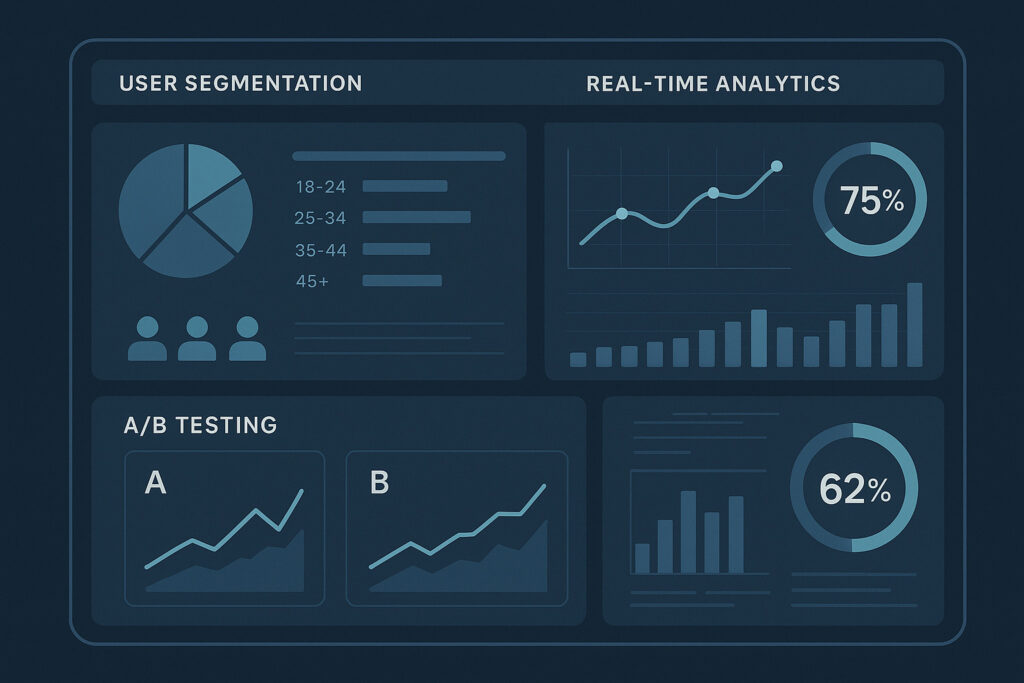
Here is a unique image depicting a sophisticated app analytics dashboard, which shows user segmentation, real-time analytics, and A/B testing results. The illustration includes charts and graphs representing various user demographics, behavior patterns, and engagement metrics, set in a futuristic interface.
3. Segment Your User Data: Analyze Different User Groups Separately
To gain deeper insights into in-app event data, segment your users into distinct groups. User segmentation allows you to analyze behavior across different cohorts, providing valuable insights into how various segments interact with your app. This helps you tailor your marketing, development, and customer support strategies to specific user needs.
Create User Segments Based on Behavior
You can segment users based on their behavior, such as first-time users, repeat visitors, or high-value customers. By examining how different groups engage with your app, you can identify patterns and trends that lead to improved decision-making. For instance, you may discover that new users struggle with onboarding while returning users engage more with premium features.
Analyze Events by User Attributes
In addition to behavior, segment your users by attributes such as age, location, device type, or subscription plan. This enables you to tailor your app experience to different demographics or user preferences. By understanding how specific attributes influence event data, you can optimize features for greater engagement.
Tip: Combine multiple segmentation methods to get a full view of how different user groups interact with your app.
4. Leverage Real-Time Analytics: Monitor Events in Real Time
In today’s fast-paced digital landscape, real-time analytics play a critical role in tracking in-app event data. By monitoring events in real-time, you can detect issues early, identify emerging trends, and respond quickly to user needs. This is particularly useful for troubleshooting, improving app performance, and identifying opportunities for optimization.
Implement Real-Time Tracking Solutions
Make use of analytics platforms that offer real-time data tracking, allowing you to view events as they happen. This instant feedback is valuable for assessing the effectiveness of new features, promotional campaigns, or product updates. For instance, if you launch a new feature, real-time data can help you see how users interact with it from the moment it goes live.
React to Data Instantly
With real-time insights, you can make informed decisions faster. Whether it’s fixing a bug that affects user experience or adjusting a marketing strategy based on engagement, real-time tracking enables you to act quickly. This helps keep your app running smoothly and enhances user satisfaction.
Tip: Set up alerts for key events or anomalies, so you can address issues immediately without having to constantly monitor data.
5. Continuously Optimize Based on Data Insights: Refine Your App Experience
Tracking in-app event data is not a one-time task; it requires continuous monitoring, analysis, and optimization. As user behavior evolves, it’s essential to refine your app’s performance based on the insights gathered from event tracking. Continuous optimization ensures that your app remains competitive, user-friendly, and aligned with your business goals.
Identify Trends and Patterns
By regularly reviewing your event data, you can identify trends, such as which features are most popular or when user engagement drops. Understanding these patterns allows you to prioritize areas for improvement, develop new features, or adjust your app’s user interface for better usability.
Conduct A/B Testing
A/B testing is an effective way to optimize in-app events by experimenting with different variables. For example, you can test different onboarding flows, button placements, or feature layouts to see which version results in higher engagement. By analyzing event data from these tests, you can determine the best-performing options for your app.
Tip: Always iterate based on data-driven insights, continuously seeking ways to enhance your app’s performance.
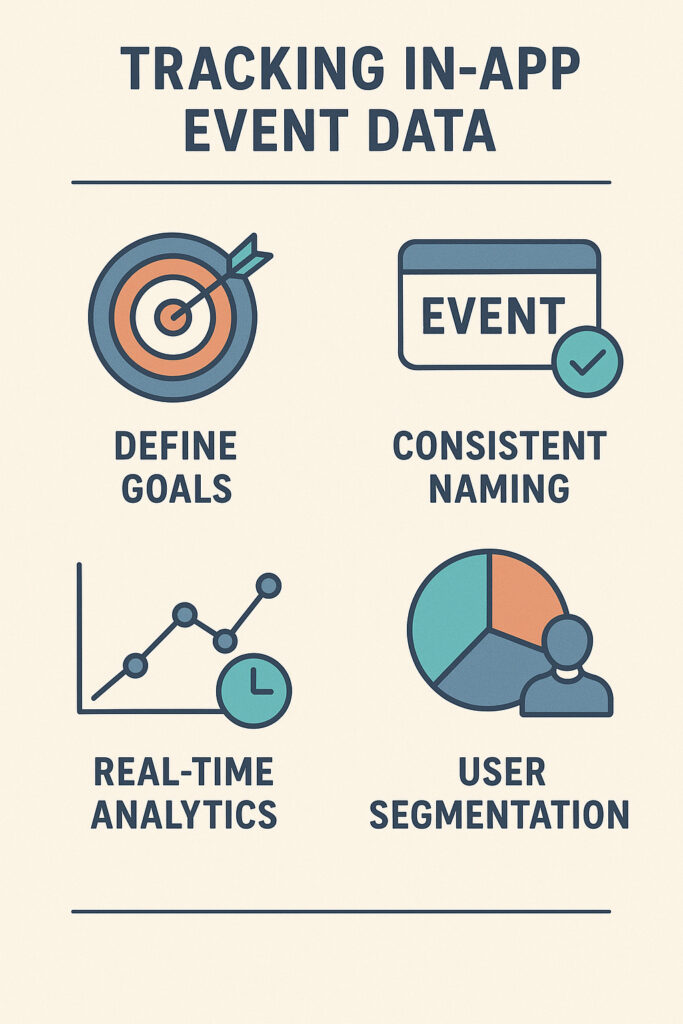
Here is a unique image depicting a comprehensive summary for tracking in-app event data, illustrated in an infographic style. The image highlights key points such as defining goals, consistent naming, leveraging real-time analytics, and user segmentation.
Conclusion: The Importance of Tracking In-App Event Data
In-app event data is a treasure trove of information that helps businesses understand user behavior, optimize app performance, and achieve their objectives. By following these 5 best practices for tracking in-app event data, you can gain valuable insights, refine your strategies, and drive long-term success.
From defining clear goals and using consistent naming conventions to leveraging real-time analytics and optimizing based on data insights, every step plays a crucial role in maximizing the impact of event tracking. By implementing these practices, you can transform raw event data into actionable insights, ensuring your app remains competitive and user-focused.
FAQs: 5 Best Practices for Tracking In-App Event Data
Q: What is in-app event tracking?
A: In-app event tracking monitors user interactions, such as clicks, purchases, or feature usage, to gain actionable insights.
Q: Why is tracking in-app event data important?
A: It provides valuable insights into user behavior, helping businesses optimize app performance, improve user experience, and drive engagement.
Q: How do I determine which events to track?
A: Identify key metrics and goals for your app, such as increasing conversions or improving user retention, and track relevant events accordingly.
Q: What are the KPIs in in-app event tracking?
A: KPIs, or key performance indicators, measure the success of specific goals, helping to quantify performance based on tracked events.
Q: How does user segmentation improve event tracking?
A: Segmenting users into groups allows for deeper insights into behavior, revealing patterns and helping to optimize the app experience for different users.
Q: What are the benefits of real-time analytics in event tracking?
A: Real-time analytics allow you to monitor events as they happen, quickly respond to issues, and identify emerging trends for optimization.
Q: How can I optimize my app using event data?
A: Use A/B testing to experiment with different variables, analyze event data to find trends, and make continuous improvements based on data-driven insights.
Q: How do consistent naming conventions improve event tracking?
A: Standardized labels ensure that event data is easily understandable, helping teams analyze, report, and interpret data without confusion.
Q: Can I track events across different user segments?
A: Yes, segmenting event data by user behavior, demographics, or attributes provides targeted insights, allowing you to optimize the app experience for specific groups.
Q: What tools can I use to track in-app event data?
A: Popular tools include Google Analytics, Mixpanel, and Amplitude, which offer robust solutions for tracking, segmenting, and analyzing in-app events.




Leave a Review